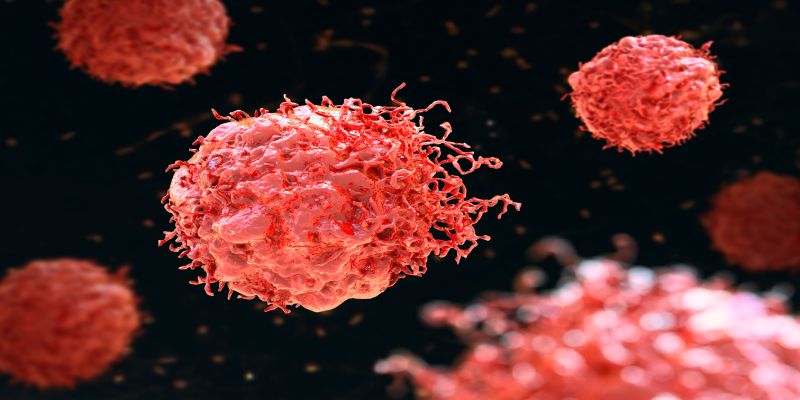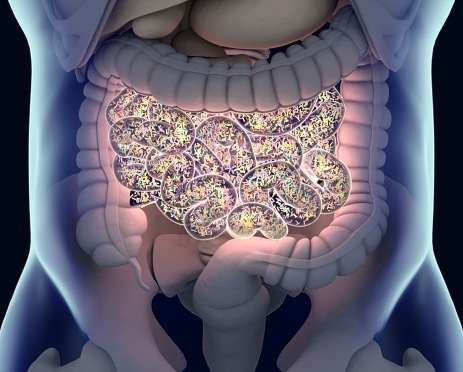
Part 1 of the Peak study shows an “encouraging” safety and tolerability profile for bezuclastinib plus sunitinib in patients with gastrointestinal stromal tumors (GISTs), according to a presentation at the 2024 American Society of Clinical Oncology Annual Meeting.
Patients with GIST who respond to first-line imatinib often progress due to secondary resistance mutations in KIT.
Andrew J. Wagner, MD, PhD, of the Dana-Farber Cancer Institute, and colleagues reported on the extended experience of patients treated with second-line combination bezuclastinib—a type 1 tyrosine kinase inhibitor—plus sunitinib. The global, randomized, phase 3 Peak study evaluated the efficacy and safety of this combination versus sunitinib alone in patients with GIST who had imatinib intolerance or resistance.
In part 1a of the 3-part study, the dose of an optimized formulation of bezuclastinib was escalated in serial cohorts to achieve a target exposure comparable with that achieved in the phase 1b/2a study. Part 1b was designed to evaluate the interaction between bezuclastinib plus sunitinib. Based upon pharmacokinetics and safety, a dose of bezuclastinib (600.0 mg QD) plus sunitinib (37.5 mg QD) was selected for part 2.
There were 19 patients in part 1a and 23 patients in part 1b. In part 1a, cohort 1 included 5 patients starting at bezuclastinib (300.0 mg QD) plus sunitinib (37.5 mg QD). Part 1a cohort 2 included 14 patients at bezuclastinib (600.0 mg QD) plus sunitinib (37.5 mg QD).
Dr. Wagner and colleagues found that in patients evaluable for response (n=40), the objective response rate (ORR) was 20%. Data remain immature to estimate the median progression-free survival for part 1 patients.
In a subset of patients with prior imatinib only (n=6), the ORR was 33%, researchers noted, and the majority of second-line patients remain on treatment past 12 months.
The majority of treatment-related adverse events (TRAEs) were found to be low grade and reversible; only 38% of TRAEs were grade 3 or higher. There were limited (24%) dose reductions and infrequent discontinuations (n=2) due to TRAEs, though researchers acknowledged that 3 patients experienced serious AEs “possibly associated with study medications.”
“Data from Peak part 1 show an encouraging safety and tolerability profile generally consistent with published sunitinib monotherapy experience,” they concluded, adding that they are actively enrolling patients for Peak part 2 at the selected dose of bezuclastinib (600.0 mg QD) plus sunitinib (37.5 mg QD) versus sunitinib (37.5 mg QD) alone.






 © 2025 Mashup Media, LLC, a Formedics Property. All Rights Reserved.
© 2025 Mashup Media, LLC, a Formedics Property. All Rights Reserved.